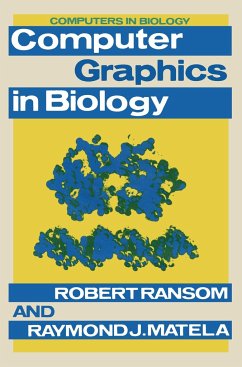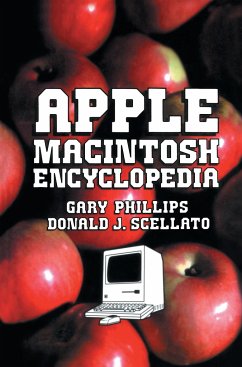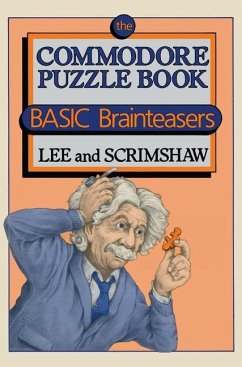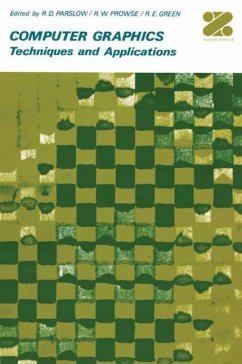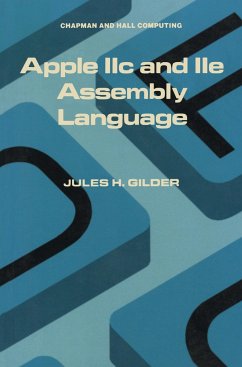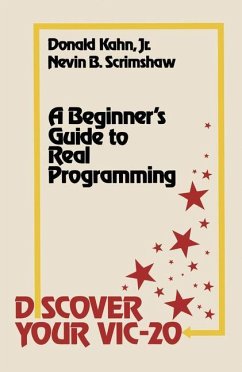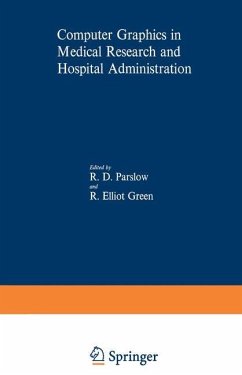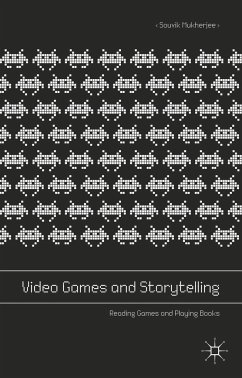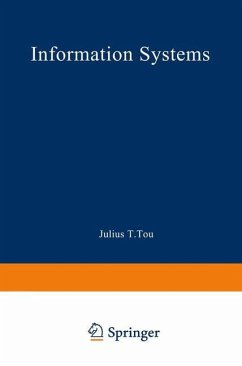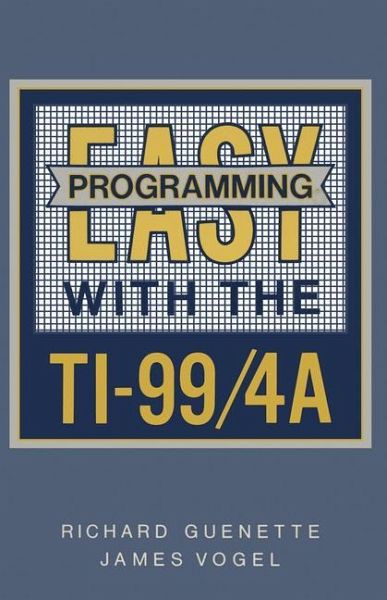
Easy Programming with the TI-99/4A

PAYBACK Punkte
20 °P sammeln!
Welcome to the world of computer programming. Your Texas Instruments TI-99/4A is a real 16-bit microcomputer, complete with sound and color graphics. Making these features do what you want may seem impossible at fIrst, but don't worry; there's nothing mysterious about computer programming. Learning to program computers simply means learning a new language-in this case, TI BASIC (for Beginner's All purpose Symbolic Instruction Code), a version of the most popular language used on today's microcomputers. This book will teach you, step by step, how to tell your machine what you wish it to do-in o...
Welcome to the world of computer programming. Your Texas Instruments TI-99/4A is a real 16-bit microcomputer, complete with sound and color graphics. Making these features do what you want may seem impossible at fIrst, but don't worry; there's nothing mysterious about computer programming. Learning to program computers simply means learning a new language-in this case, TI BASIC (for Beginner's All purpose Symbolic Instruction Code), a version of the most popular language used on today's microcomputers. This book will teach you, step by step, how to tell your machine what you wish it to do-in other words, how to program it. But that's not all. You'll also find chapters on general microcomputer principles, cassette deck use, the TI-99/4A as a terminal for much larger systems, options for expansion, and a list of resources for getting the most out of your home computer. With the 99/4A you have access to a large library of programs, or software, already written by someone else. Without knowing anything about programming, you can use this software to play games, learn math, or store addresses. But at some point you'll want to make your personal computer really personal. You might want to create your own video game or compose a tune. And that's when you'll want to learn programming.





